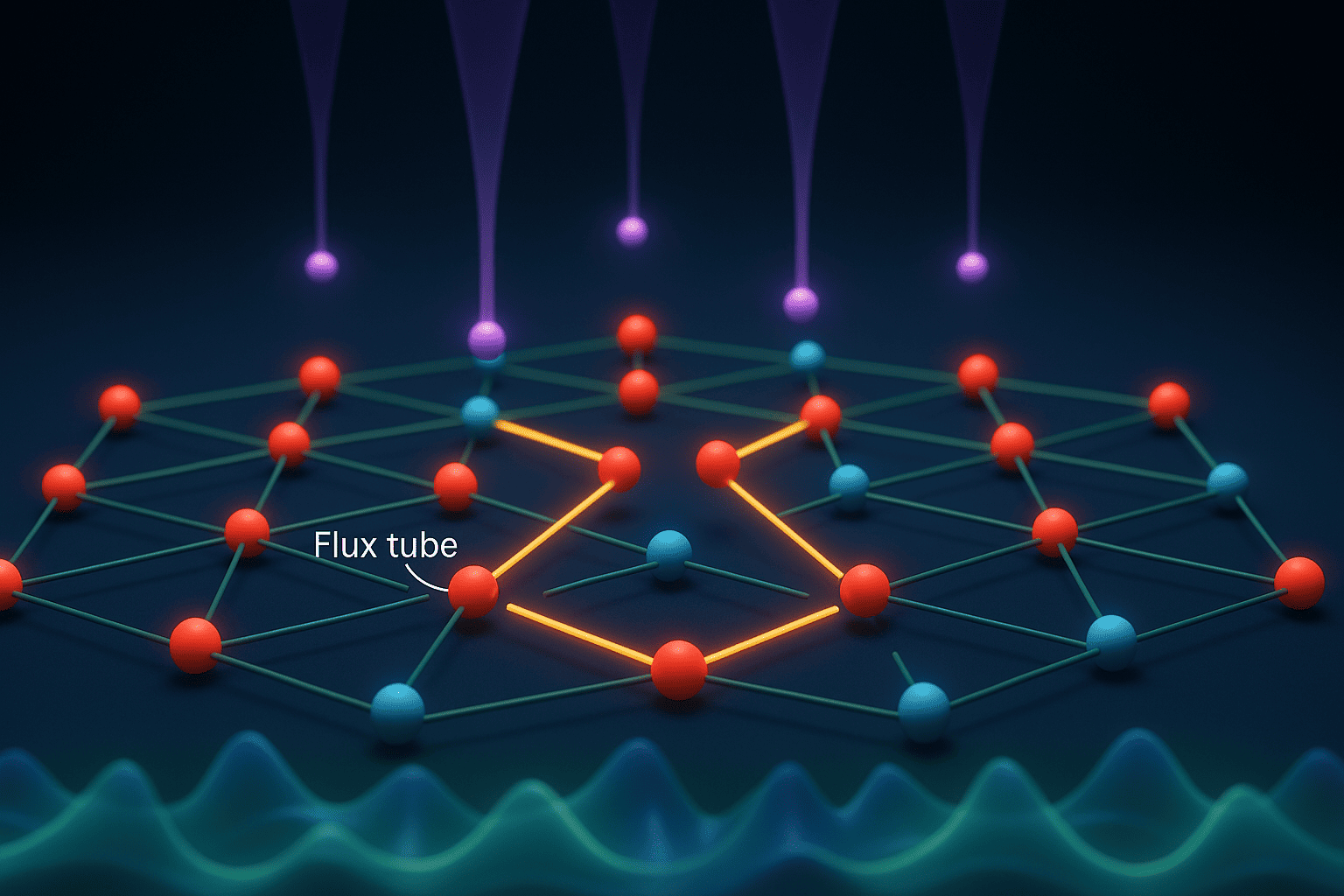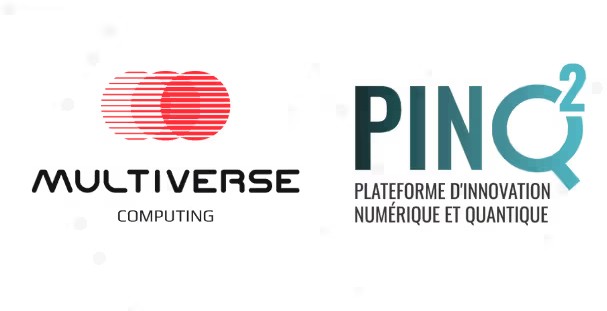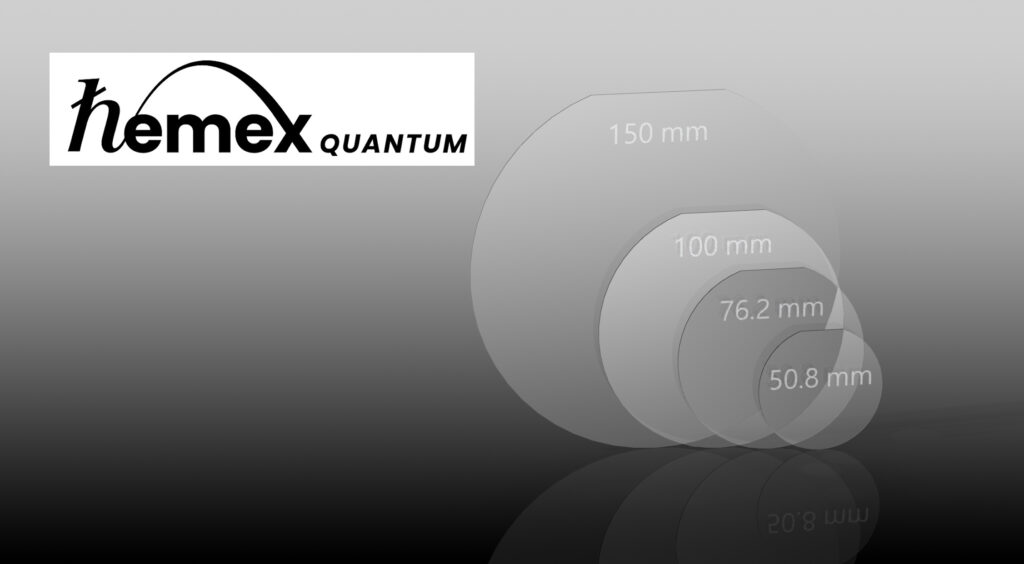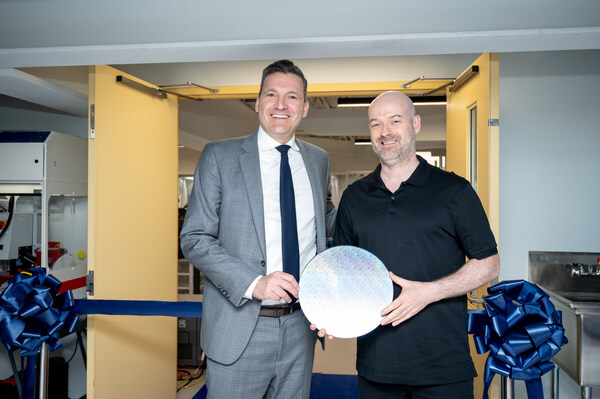Insider Brief
- An international team of researchers used QuEra’s neutral-atom quantum simulator to observe string breaking in two spatial dimensions, demonstrating real-time gauge-theory dynamics that challenge classical computational limits.
- The experiment mimicked the strong nuclear force by stretching and breaking synthetic flux tubes between programmable atoms in a kagome lattice, offering a tabletop analogue of quark confinement in particle physics.
- The results validate the scalability of neutral-atom platforms like Aquila for simulating complex quantum field theories, with implications across high-energy, condensed-matter, and quantum-information science.
An international team of researchers from the University of Innsbruck, Harvard University, QuEra Computing, and collaborating institutions has reported the first direct observation of string breaking in a programmable two-dimensional quantum simulator. Their study, “Observation of String Breaking on a (2 + 1)D Rydberg Quantum Simulator,” has appeared in Nature this week. Read the full paper here: https://www.nature.com/articles/s41586-025-09051-6
Using QuEra’s Aquila neutral-atom platform, the scientists arranged up to several dozen rubidium atoms in a kagome-geometry optical-tweezer lattice that faithfully realizes a confining lattice-gauge theory—the mathematical framework that also underpins the strong nuclear force binding quarks inside protons and neutrons. By tuning laser parameters, the team created and then “stretched” flux-tube-like connections (strings) between synthetic charges until the energetic cost triggered the spontaneous creation of new charge pairs, snapping the original string in two. They captured both equilibrium signatures and real-time, nanosecond-scale dynamics of the breakage—phenomena that are reaching the limit of classical simulations.
“Seeing string breaking in a controlled 2D environment marks a critical step toward using quantum simulators to explore high-energy physics,” said Dr Daniel González-Cuadra, first author and assistant professor at the Institute for Theoretical Physics (IFT) in Madrid, Spain. “Our results show that neutral-atom devices can now tackle problems that were once purely theoretical.”

Alexei Bylinskii, VP of Quantum Computing Services at QuEra and last author on the paper, added: “This collaboration underscores the value of open, programmable neutral-atom hardware for fundamental research. By giving scientists flexible access to Aquila’s multi-qubit capabilities, we accelerate discoveries that span condensed-matter, high-energy, and quantum-information science.”
Prof. Peter Zoller, senior author at the University of Innsbruck and IQOQI, and one of the founding fathers of modern quantum simulation, noted: “Gauge theories govern much of modern physics. Demonstrating them in two dimensions—where strings can bend and fluctuate—sets the stage for exploring even richer phenomena, including non-abelian gauge fields and topological matter.”
Why It Matters
- Benchmark for Quantum Simulation: Real-time gauge-theory dynamics with dozens of qubits reach the limits of classical simulations, validating quantum hardware as a discovery tool.
- Bridge to Particle Physics: String breaking is a hallmark of quark confinement in quantum chromodynamics (QCD). Table-top analogues offer new intuition that could inform lattice-QCD and collider studies.
- Scalable Neutral-Atom Platform: Demonstrating controlled gauge-theory dynamics in two spatial dimensions with dozens of qubits highlights how neutral-atom arrays can tackle ever-larger many-body problems.
Experimental Highlights
- Programmable Geometry: Atoms were positioned on the links of a hexagonal lattice, naturally enforcing Gauss’s-law constraints via the Rydberg blockade.
- Tunable String Tension: By varying laser detuning and interaction radius, researchers controlled the linear confinement potential and the effective particle mass.
- Dynamic Quenches: Local detuning “kicks” allowed the team to watch strings snap and re-form in real time, revealing resonance peaks that signal many-body tunneling processes.
- Scalability: The work extends earlier one-dimensional demonstrations to two spatial dimensions, where theoretical and numerical methods quickly saturate.
Special Webinar
On Wednesday, June 18th at 11 AM ET, key authors from this paper will present the paper in a special “Science with QuEra” webinar. Register here: https://quera.link/string
Funding & Acknowledgments
The project received support from the Austrian Science Fund (FWF), the European Union’s Quantum Flagship programme, the U.S. National Science Foundation, the U.S. Department of Energy, and industry partners. Hardware time on Aquila was provided by QuEra Computing.

















